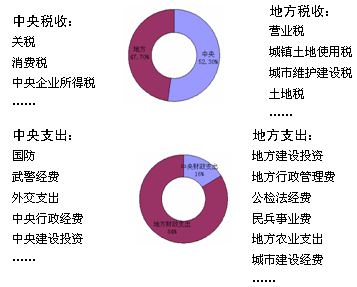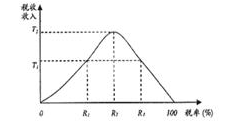Marriage, and its many ups and downs, still exercises a powerful hold over newspapers, magazines and the airwaves. Nearly 23m Americans watched Prince William being joined in holy marriage to Kate Middleton. Millions more have indulged in the break-up of Arnold Schwarzenegger’s marriage after revelations that he fathered a son with a maid.
Less delightful are revelations about the sorry state of marriage across the United States. Data from the Census Bureau show that married couples, for the first time, now make up less than half of all households.
The iconic American family, with mom, dad and kids under one roof, is fading. In every state the numbers of unmarried couples, childless households and single-person households are growing faster than those comprised of married people with children, finds the 2010 census. And the trend has a potent class dimension. Traditional marriage has evolved from a near-universal ritual to a luxury for the educated and affluent.
There barely was a marriage gap in 1960: only four percentage points separated the wedded ways of college and high-school graduates(76% versus 72%). The gap has since widened to 16 percentage points, according to the Pew Research Centre.
"Marriage has become much more selective, and that’s why the divorce rate has come down," said Bradford Wilcox, director of the National Marriage Project at the University of Virginia in Charlottesville. The project found that divorce rates for couples with college degrees are only a third as high as for those with a high-school degree.
Americans with a high-school degree or less tell researchers they would like to marry, but do not believe they can afford it. Instead, they raise children out of wedlock. Only 6% of children born to college-educated mothers were born outside marriage, according to the National Marriage Project. That compares with 44% of babies born to mothers whose education ended with high school.
"Less marriage means less income and more poverty," reckons Isabel Sawhill, a senior fellow at the Brookings Institution. She and other researchers have linked as much as half of the income inequality in America to changes in family composition: single-parent families (mostly those with a high-school degree or less) are getting poorer while married couples (with educations and dual incomes) are increasingly well-off. "This is a striking gap that is not well understood by the public," she says.
Do not expect the Democratic Party, however, to make an issue of the marriage gap in next year’s elections. Unmarried women voted overwhelmingly for Barack Obama. "You don’t want to suggest to someone who isn’t married and has children that they should be married," says Ms Sawhill. "That is a scorn on their lifestyle.\
Which of the following is the text mainly about().
A.The decline of marriage can be seen from statistics.
B.The traditional family is now the preserve of a minority.
C.Marriage can make Americans richer and smarter.
D.Marriage is a lifestyle that should be maintained.
参考答案:A
解析:
[试题类型] 主旨要义题。
[解题思路] 本题就文章主要内容提问,所以要对文章各个段落的内容有清晰的认识,了解全篇的脉络发展。第一段提出了“婚姻”这一关键词。第二段介绍了美国糟糕的婚姻状况。第三段指出美国传统家庭模式正在衰退,传统婚姻甚至成为一种奢望。第四、五、六段又说明了受教育程度对美国人婚姻的影响,与文化程度低的人相比,受教育程度高的人结婚率更高,离婚率更低,且非婚生子女更少。第七段说明了婚姻对家庭财富的影响。末段得出结论,作者认为这一问题难以解决。可见,全文是通过引用数据、对比分析,说明美国目前糟糕的婚姻状况,故选项[A]为全文主旨。
[干扰排除] 虽然第二段提到“来自人口普查局的数据表明已婚夫妇在所有家庭中所占的比例首次低于一半”,但这是为了说明美国婚姻状况糟糕而给出的具体数据,全文并非围绕有多少人还坚持传统婚姻模式这一问题展开分析,选项[B]非主旨,故排除。虽然倒数第二段提及婚姻和家庭财富之间的关系,但全文只在这一部分对该内容有所涉及,显然这只是谈及美国婚姻状况时涉及的一个方而,不能概括全文内容。此外,文中也没有提到婚姻和智力之间的关系,故排除选项[C]。作者在最后引用索希尔的话:“你不应该建议一个有孩子的未婚人士去结婚,那是对其生活方式的嘲笑。”显然,作者认为人们有权选择自己的生活方式,全文并未围绕人们为什么应该结婚展开论述,因此选项[D]错误。


